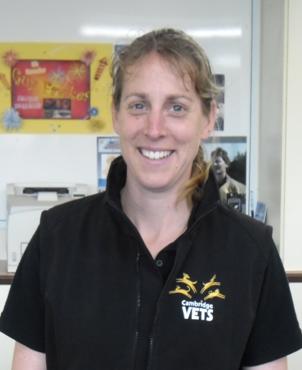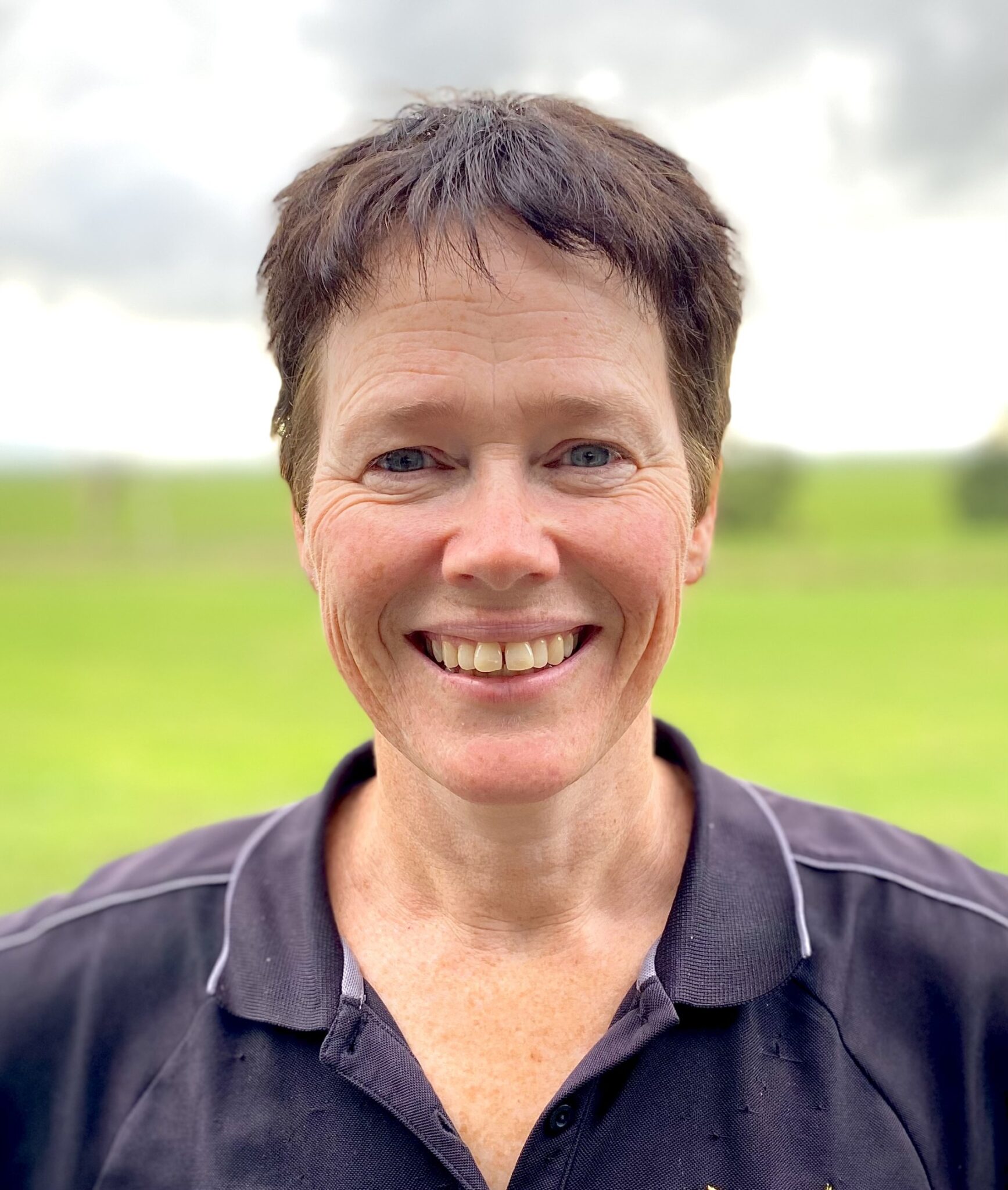Our goal at Cambridge Vets is to assist our clients to maximise profit through optimal animal health.
For both commercial farms and lifestyle blocks we can help with health plans, routine jobs and emergencies.
We offer value through our experienced team with extensive knowledge in all areas of production animal medicine.
The dedicated Farm Animal team consists of five production animal vets.
We utilize up-to-date information, technology and equipment for the care of your animals and herds.
Cattle
Alpacas
Sheep/Goats
Chickens
Deer
Lifestyle Block
Christmas Vet Advisor
- Christmas Hours
- Spontaneous Fractures
- Worms Cattle / Sheep
- Toxovax / Campyvax
- Facial Eczema
- Mo-Vember
- Christmas Ham Promotion
5 Experienced Farm Animal Veterinarians
24/7 emergency care
Excellent Knowledge of Farm Animals
Meet Our Farm Vets

Bill Hancock

Peter Briston

Cecilia van Velsen

Julie Hetherington

Kelvin Scown
Product Manager

